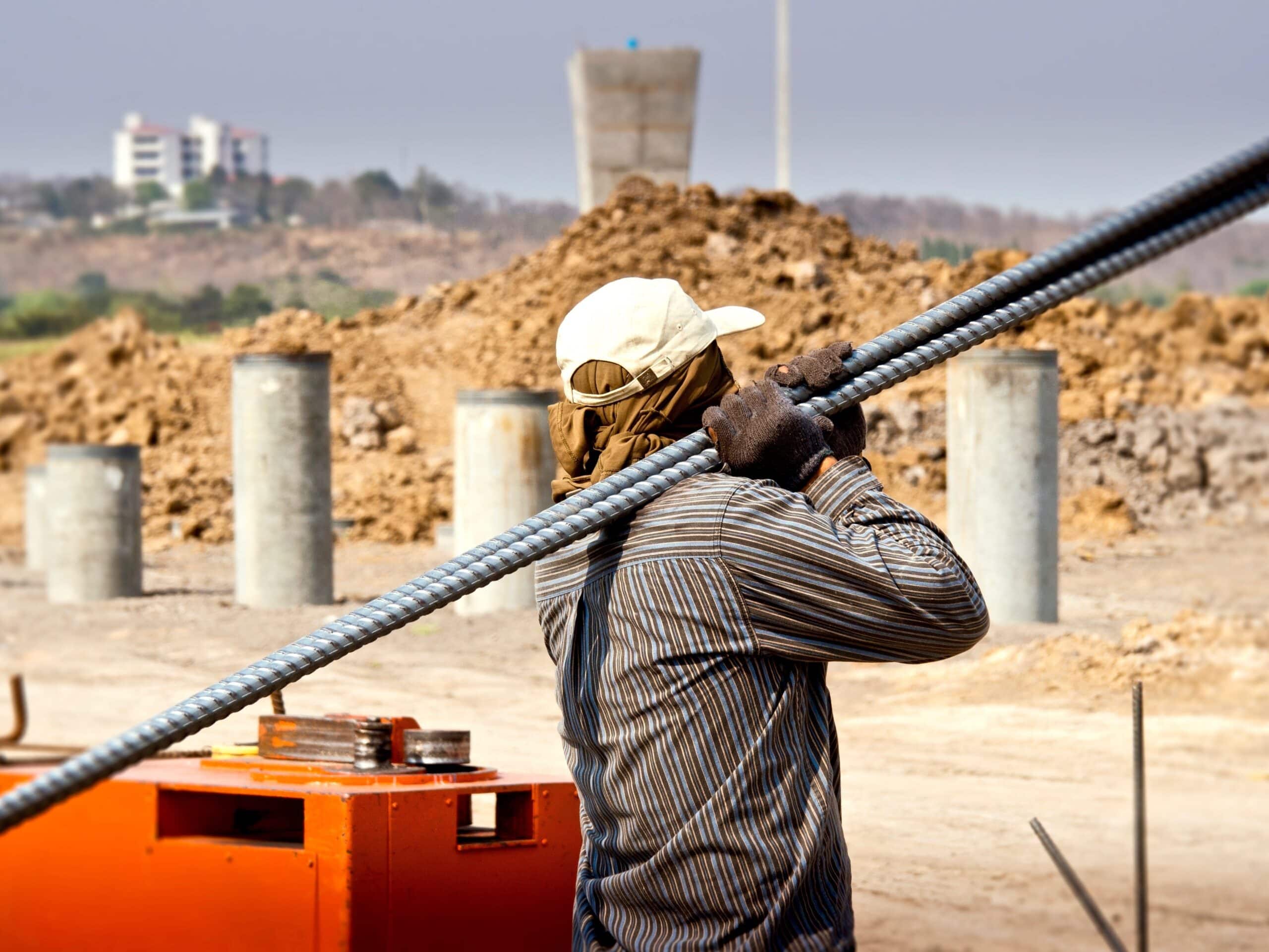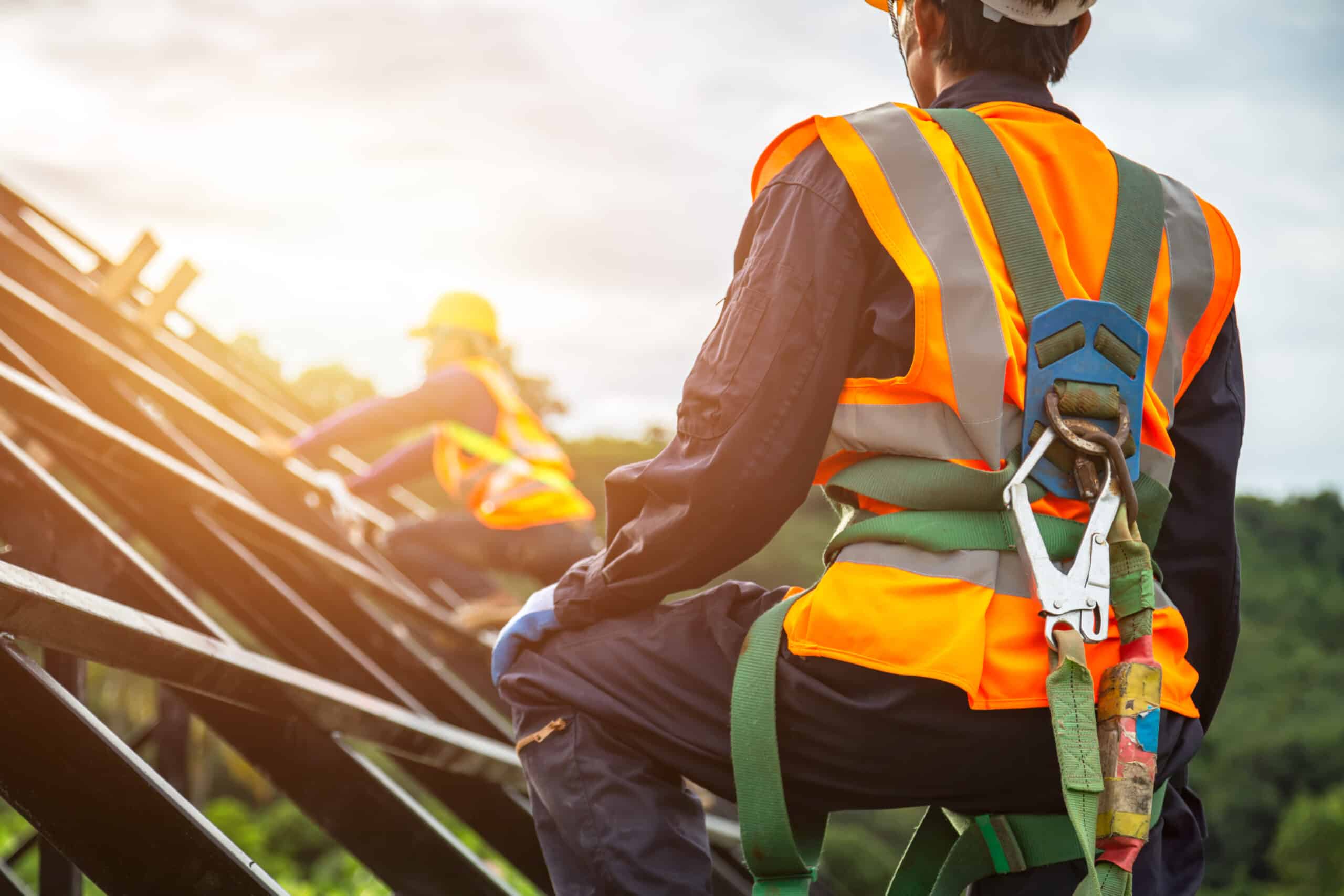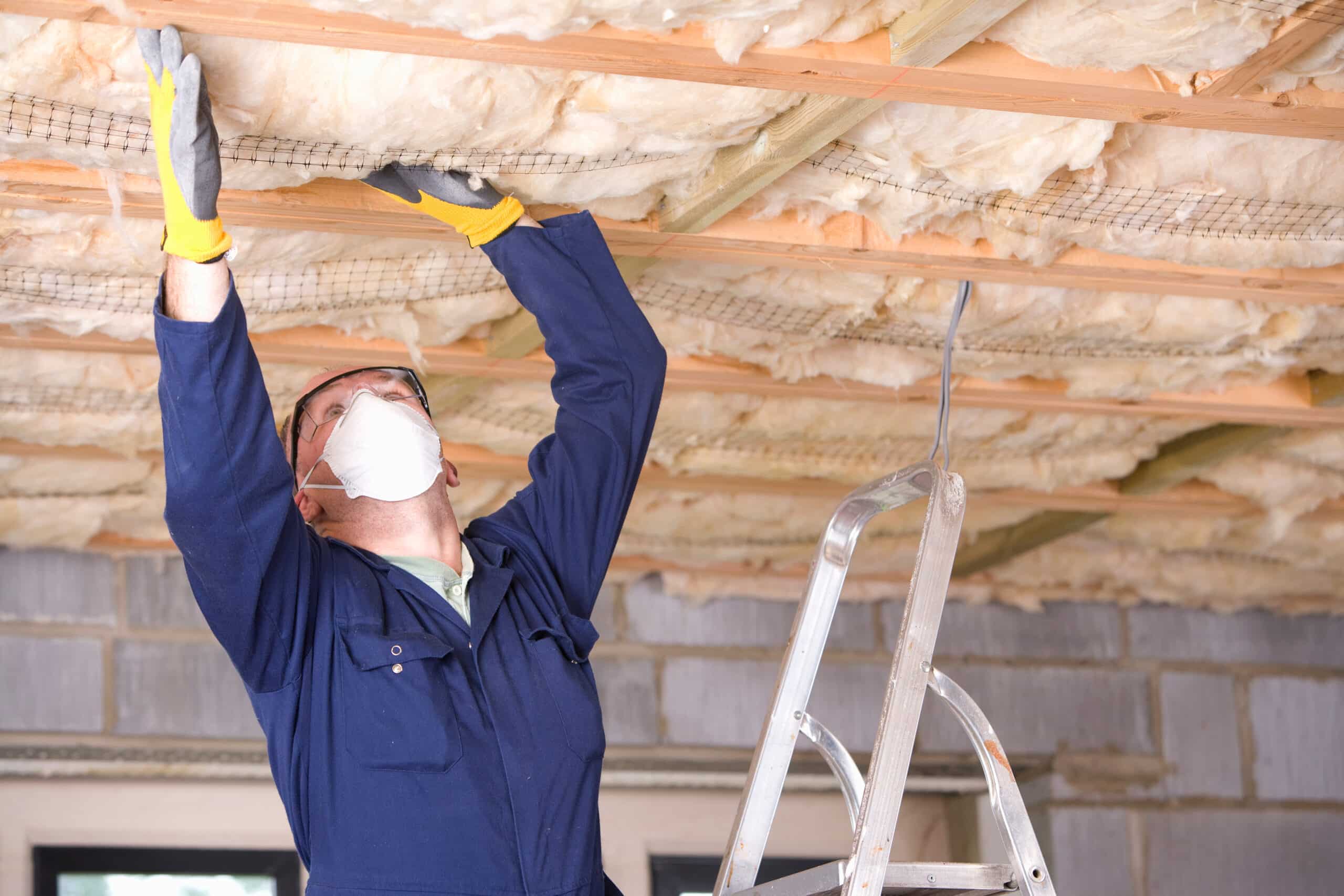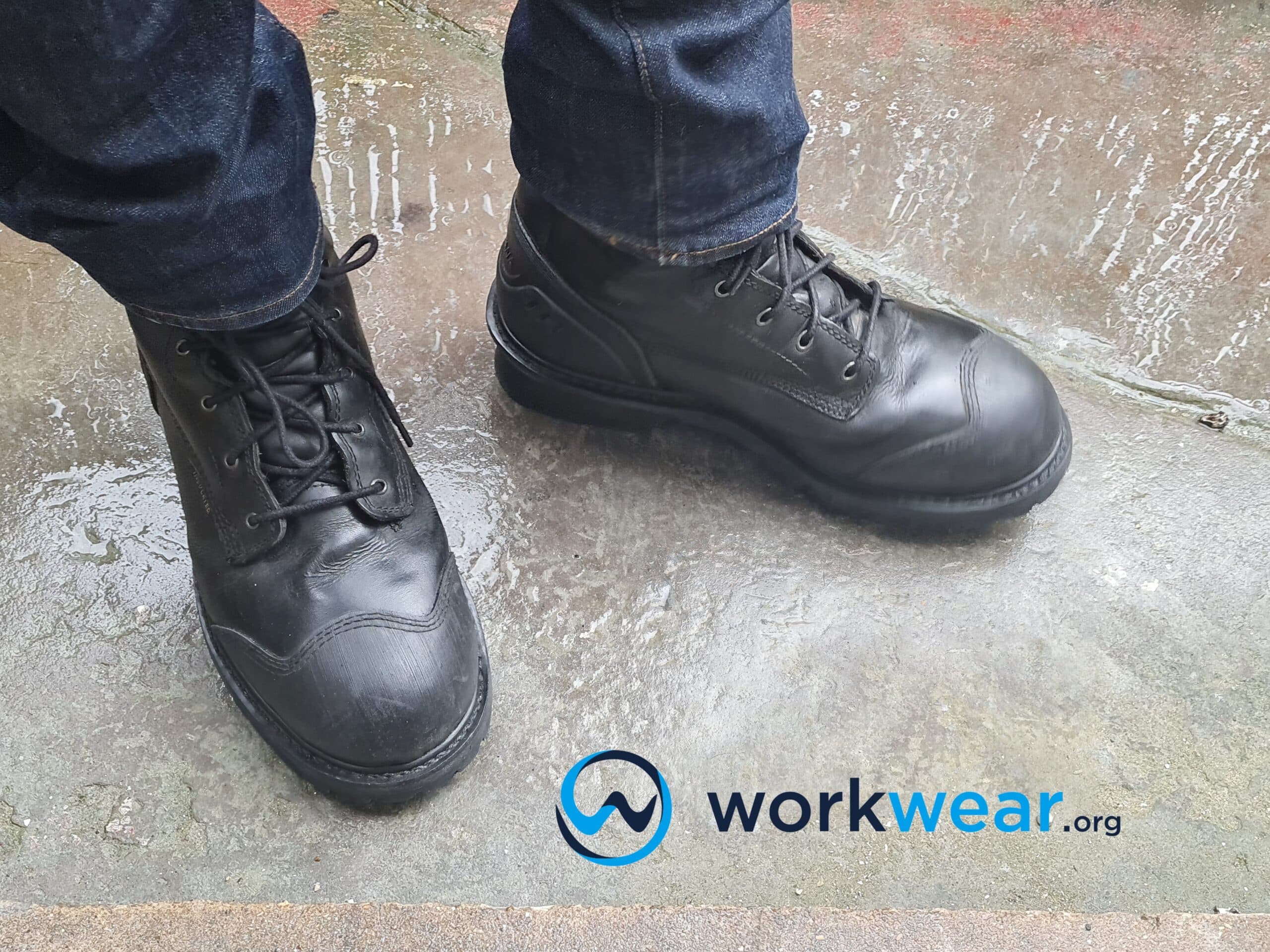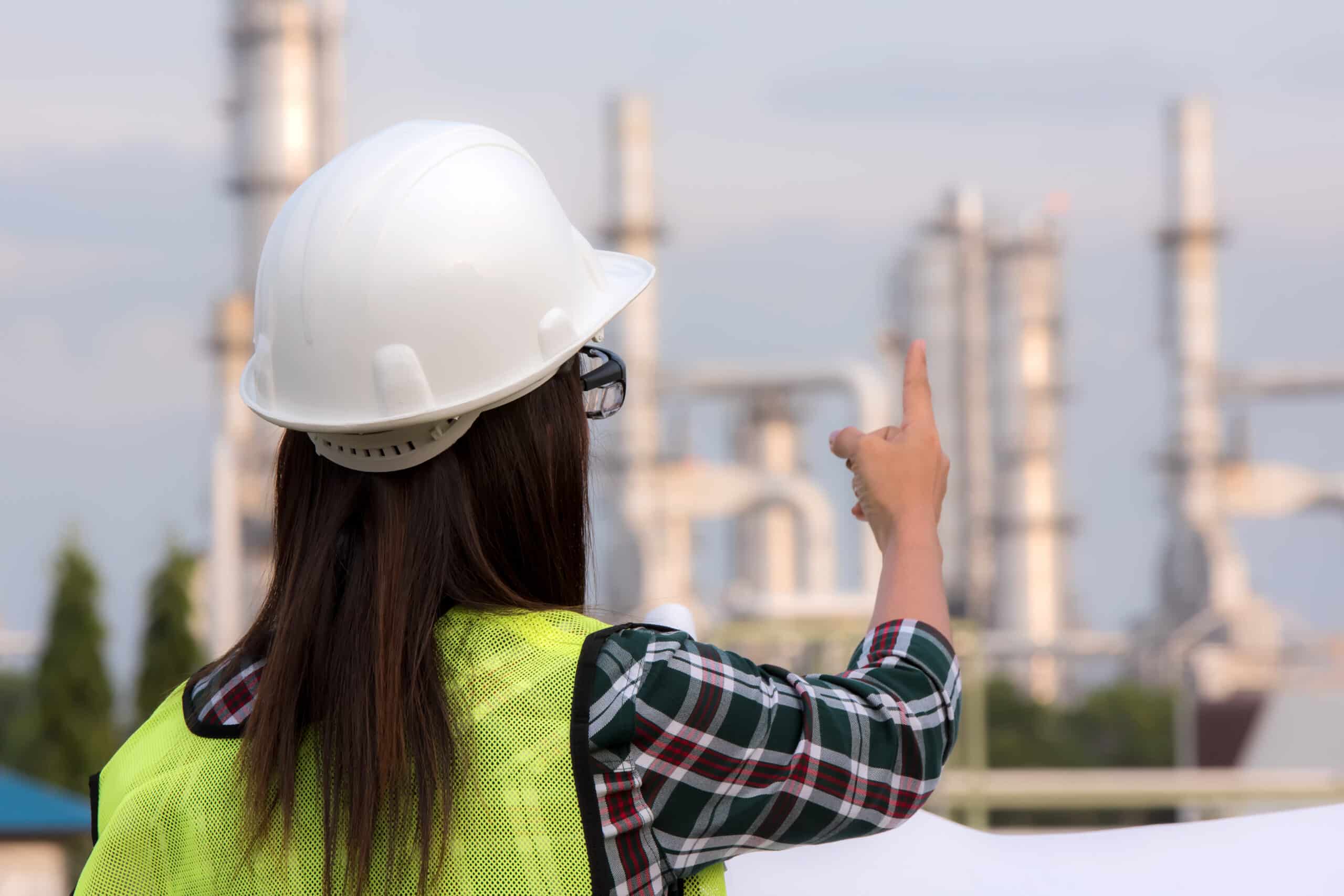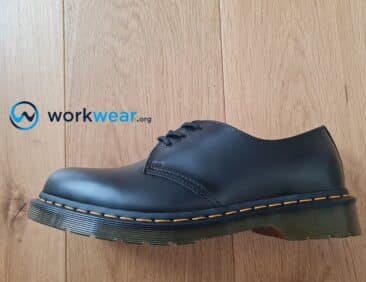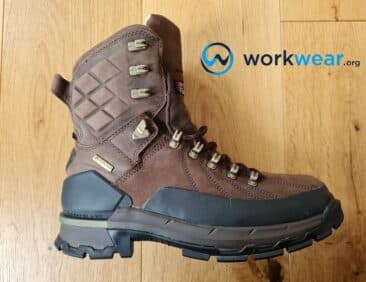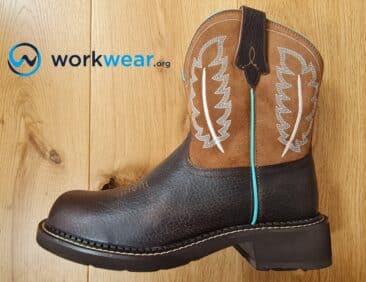Work Wear/PPE Requirements for Construction Workers
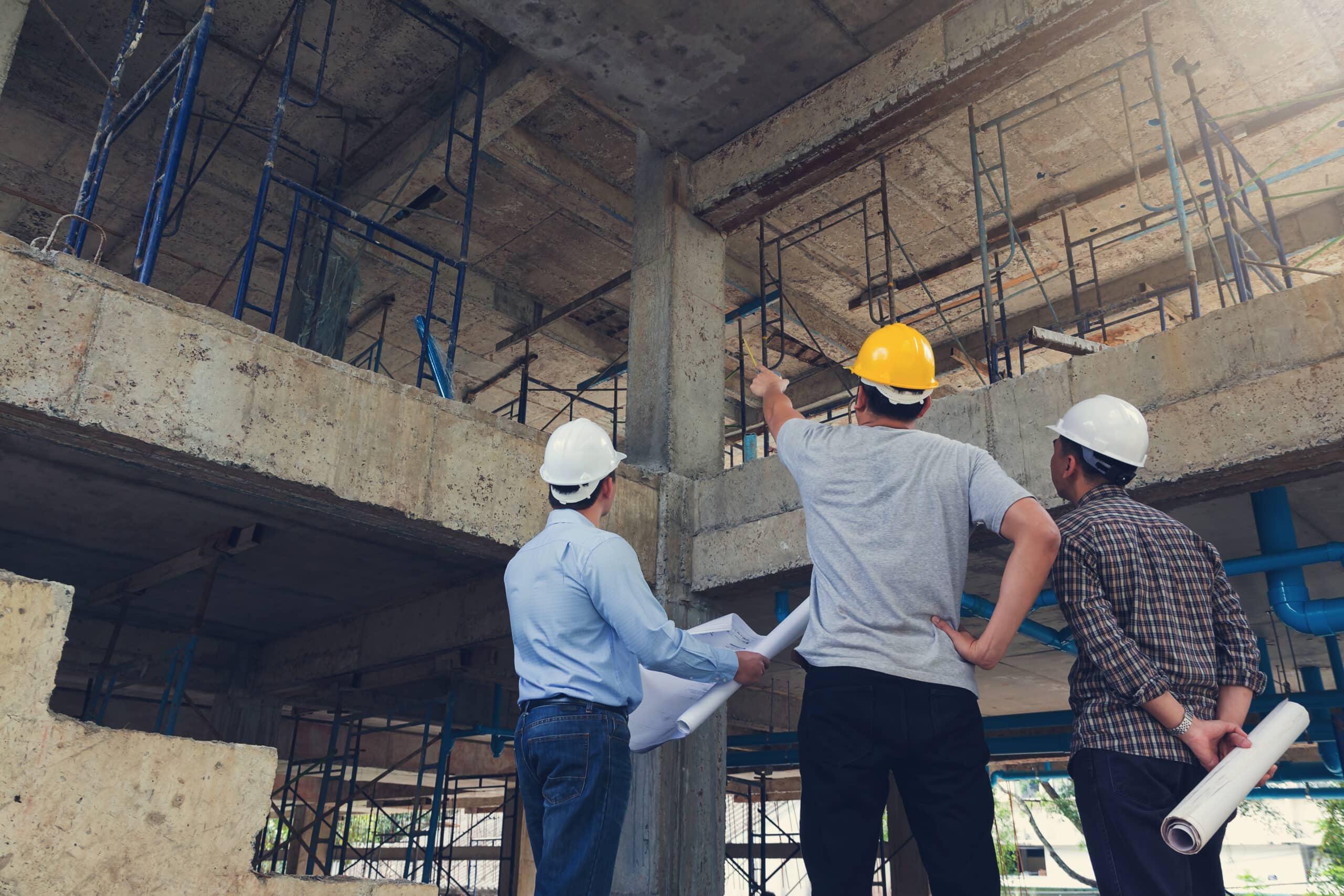
In the US, construction workers make up the most out of all the occupations in the construction industry. There were nearly 1 million professionals in this job group in the US in 2021. In the construction industry, this group is followed closely (by numbers) by other occupations, such as carpenters and electricians. Construction workers face safety risks on the job on a regular basis as their tasks involve exposure to construction materials, elevated spaces, and various pieces of equipment – all of which can become safety hazards. The correct gear for construction workers can significantly minimize the risks of injuries while tackling the demanding nature of the job.
Body Parts Affected by Injuries
As stated by the US Bureau of Labor Statistics, these are the construction workers’ body parts that are most susceptible to injuries in the workplace.
Hand
Construction workers do manual labor to get most of the tasks done, so their hands are exposed to injuries most of the time. Handling the tools and equipment that are necessary on the construction site may lead to lacerations or bruises on the hands, which can also be injured when something heavy falls on them. Meanwhile, abrasion and deep scratches can occur when handling construction materials such as rough concrete and sharp metal shavings. When handling harsh substances, the hands can also suffer from chemical burns and severe irritation if the proper gear isn’t worn at all times.
Back
Construction work can include lifting heavy materials and tools, and these activities can cause considerable strain on the back muscles. If the stance isn’t correct, lifting weighty materials off the floor or other low-lying surfaces will cause the back muscles to strain too much, which can lead to a great deal of pain. The repetitive lifting and bending can quickly tire the muscles in the lower back, especially when done for long periods and regularly on the job site. In more serious instances, the back can be injured when falling from high areas in the construction area or when this body part is subjected to forceful impacts – such as when struck by construction materials, equipment, tools, or hefty debris.
Knee
Knees are exposed to considerable discomfort as construction workers spend almost the entire day on their feet or doing physically demanding tasks. The almost never-ending walking around the worksite, going up and down ladders or scaffolding, and squatting for prolonged periods to finish tasks on the ground take their toll on the knee joints. Lifting heavy construction materials and tools from low-lying surfaces exposes the back and knees to significant strain, and in time the knee joints can deteriorate as a consequence. Meanwhile, the knees can also be harmed when they bear the brunt of the impact resulting from falling from elevated spaces.
Ankle
Ankle injuries can be experienced by construction workers who are always moving around areas that have construction materials or tools lying around. The unfinished work on construction sites can have uneven ground conditions that workers can accidentally step on or into, causing the ankles to rotate abnormally and resulting in ankle injuries. Slipping accidents on wet or unstable surfaces in the work area can also cause the ankle to twist painfully, which may lead to a sprain or, in worse cases, a fracture.
Shoulder
The physically demanding nature of construction workers’ tasks takes its toll on different muscle groups, including the ones in the shoulder area. These muscles are involved in the heavy lifting needed to transport materials and the necessary tools from one area on the construction site to the other. The constant lifting of heavy objects can lead to shoulder muscles becoming strained. The shoulders may also become painful with managing repetitive tasks involving heavy tools or equipment, such as a jackhammer. However, using a hammer – which is considerably lighter than a jackhammer – on high spots for prolonged periods can equally bring pain to shoulder muscles.
Events that Lead to Nonfatal Injuries to Construction Workers
These situations commonly lead to nonfatal injuries in the workplace for construction workers involved in one of the most dangerous work industries (according to the National Safety Council).
Impact from equipment or object
Construction workers can suffer injuries when the tools, materials, and equipment accidentally cause harmful impacts. For example, concrete or pieces of wood can bump into the hands and cause bruising or even fractured bones. Meanwhile, heavy objects that fall from high areas on the construction site can fall on the feet, resulting in broken toes and bones if safety boots aren’t worn while working in places where compression and impact hazards can be encountered.
Falls from elevated areas
Construction workers may need to go to higher floors or work on scaffoldings, ladders, and other elevated spaces in the job area. However, doing so increases the risk of workers accidentally falling to the ground or to lower levels, which can result in serious injuries, including bruises, cuts, and fractures. In construction sites, workers can accidentally fall into holes on the ground which can lead to bodily harm. Construction workers may also fall into a ditch that hasn’t been filled out yet as part of the unfinished job.
Falls on the same level
Elevation isn’t the only aspect that can increase the risk of injuries when it comes to falls. Falling on the same level may result from slipping on greasy or extremely wet surfaces that may be present on different construction sites. Broken bones or sprains can occur with hazardous impact on the ground as a result of a slipping or tripping accident. Meanwhile, lacerations can result when falling on the ground and other surfaces where tools or construction materials are lying around.
Trips or slips (without falling)
Construction workers are still at risk for injuries even if they don’t completely fall after slipping or tripping. The hands can be severely harmed when they instinctively break the fall after tripping or slipping on challenging surfaces. They may be sprained or even broken if they’re used to support the weight of the entire body before completely falling to the ground. Aside from broken bones, trips and slips can increase the risk of accidental bruises, cuts, and abrasions when coming in contact with sharp tools, large machines, and rough or hard construction materials that can cause harm.
Exposure to harmful substances
Harsh substances may be present on construction sites as they’re needed for specific tasks. Some of these substances can cause chemical burns on the skin when they’re handled without the proper safety gear. Others can emit toxic fumes that may be inhaled, causing respiratory problems, especially with long-term exposure. The substances may be harsh enough to cause material degradation to clothes and footwear, so it’s important to wear the right protective gear when working with potentially harmful substances and materials.
Repetitive motion
Repetitive motion – such as the one involved when hammering or digging using a shovel – can cause severe muscle pain, especially when done for extended periods. The continuous movements can strain the muscles and soft tissues of the affected body parts and cause significant pain. The repetitive movements may also lead to the tissues wearing down before long and even mobility issues in the long run.
Important PPE/Workwear
To protect construction workers from nonfatal injuries in the workplace, they need to wear the following protective gear/workwear.
Hard hat
A hard hat is a crucial piece of protective gear on construction sites. When constructing buildings and other structures, there’s always a risk of objects unintentionally falling from higher areas than where the workers are busy with their tasks. Hard hats protect the head from the serious harm caused by heavy, sharp, or blunt falling objects. They also protect the head against the hard impact of protruding or sharp construction materials that may be encountered when moving around the work area. The hard hat must be worn at all times while on construction sites to protect the head from injuries.
Safety boots
Safety boots are necessary for construction sites with compression and impact threats. These boots are built with metal, or composite toe caps that shield the toes from being severely crushed in case tools, construction materials, and other heavy items are accidentally dropped or rolled onto the feet. In addition, safety boots with metatarsal protection protect a larger surface area that extends from the toes (protected by the safety toe caps) to the top of the ankle portion. Meanwhile, safety boots with electrical hazard protection can help prevent electric shock in case of unintentional exposure to unfinished electrical systems or live wires on the construction site.
Hearing protection
Loud sounds aren’t only irritating and can lead to permanent hearing loss or deterioration. Therefore, when using tools or equipment that produce loud sounds – such as the ones emitted by jackhammers and chainsaws – it’s best to have hearing protection on to minimize the discomfort and hearing damage. Ear plugs are suitable for keeping the ears safe from harmful noise as they can be inserted into the ear canal to muffle sound, but earmuffs will work just as well.
High-visibility garments
Construction workers may need to work in places with little light, such as when working at night or underground. High-visibility garments, such as reflective vests, will help workers be more visible so their colleagues can quickly see and avoid them when necessary to help promote continuous safety. For example, a worker wearing a high-vis vest can be more easily avoided by someone carrying sensitive materials that may cause injuries when they accidentally poke a less visible colleague working in a low-light area.
Face shield
Face shields may be necessary for certain activities that need to be done by construction workers. For example, the shield protects the face against sparks that fly when doing welding work, as well as from tiny particles that can fly around when drilling construction materials. Face shields form a protective barrier over the face to prevent serious injuries that can come from handling harsh liquid agents that can accidentally splash towards the face.
Conclusion
Construction workers regularly face physically demanding tasks in challenging environments. The need for the right protective gear significantly reduces the risk of harm to the most commonly injured body parts (in construction workers), which are the hands, back, knee, ankle, and shoulders. Using the appropriate safety workwear and gear can help prevent injuries caused by impact from equipment or objects, falls from elevated areas and on the same level, trips or slips (without falling), exposure to harmful substances, and repetitive movements. Construction workers can greatly reduce the threat of serious injuries in the work area by using proper PPE, including hard hats, gloves, safety goggles or eyeglasses, safety boots, hearing protection, high visibility garments, and face shields.
References
US Bureau of Labor Statistics – https://www.bls.gov/oes/current/oes472061.htm
Centers for Disease Control and Prevention – https://blogs.cdc.gov/niosh-science-blog/2020/10/01/struck-by-injuries/
National Safety Council – https://injuryfacts.nsc.org/work/industry-incidence-rates/most-dangerous-industries/
Occupational Safety and Health Administration – https://www.osha.gov/noise/construction
FAQs
- Is it all right for construction workers to use soft-toe work boots?
- Construction workers do their jobs in environments where there’s always a risk of objects dropping from all around, so soft-toe boots won’t do much in terms of foot safety in such challenging conditions. As such, it’s best to use safety work boots fitted with metallic or composite toe caps that continuously protect the toes against dangerous impact and compression.
- Will safety gloves reduce my hands’ mobility?
- High-quality safety gloves are designed to be flexible, so they won’t hamper the hands’ mobility, which is crucial for safety and productivity in the workplace. The gloves can further be enhanced with a special coating to improve grip, allowing the hands to grasp different materials and tools – even the wet ones.
- Are hard hats still necessary in construction areas that don’t have falling objects?
- Yes, because falling objects aren’t the only hazard that can cause head injuries. Even if the workplace doesn’t have items that can drop from elevated areas, head injuries can still be caused by other threats, such as swinging pieces of equipment or construction materials. The head can also be injured when it accidentally bumps into something hard in the work area. Hard hats protect the head against injuries from these threats, so they should always be worn when working on construction sites.
- Should safety goggles be worn by construction workers all the time?
- No, they should only be worn when exposed to harmful particles or debris that can get into the eyes. It’s important to remove the goggles after the task is finished to ensure that the eyes enjoy normal visibility while in the work area – unless the goggles or safety eyewear already have the correct eye grade.
